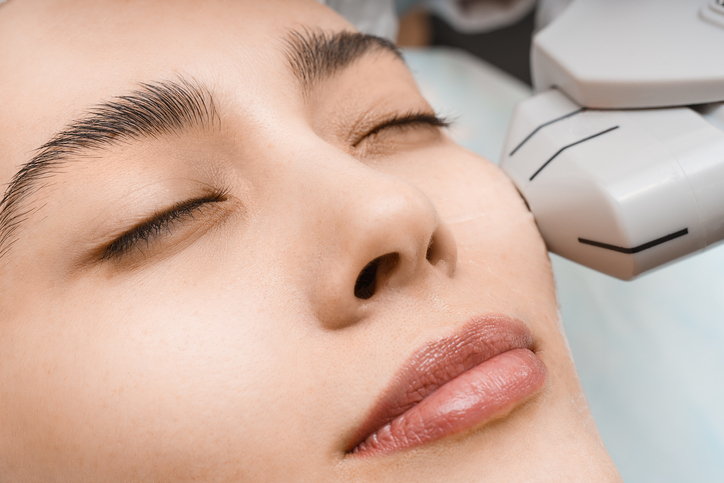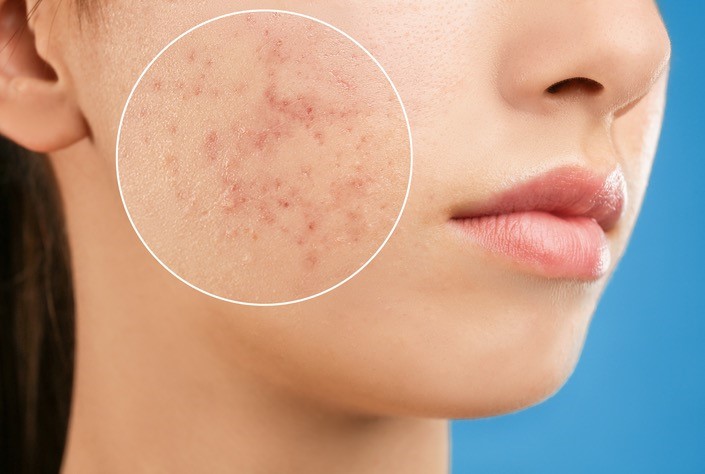
Understanding Pulmonary Oedema’s Early Symptoms: An Essential Guide to Respiratory Health
 Posted On
Posted On
Significant dangers to respiratory health and general well-being are associated with pulmonary edema, a disorder marked by the build-up of fluid in the lungs. According to Private GP London even if the symptoms can appear abruptly and aggressively, early detection is essential for a timely diagnosis and course of treatment. This blog post discusses the early symptoms of pulmonary edema and stresses the significance of identifying them and getting medical help as soon as possible for the best possible care.
Table of Contents
Breathlessness (dyspnoea):
Dyspnoea, or shortness of breath, is one of the main signs and symptoms of pulmonary edoema. It might start out slowly and get worse with time. Patients frequently report feeling as though they are suffocating, having trouble breathing deeply, or being out of breath. Usually made worse by physical activity or lying down, this symptom can also be accompanied by rapid, shallow breathing (Tachypnea).
Paroxysmal Nocturnal Dyspnoea (PND) and orthopnea:
while someone has orthopnea, they have trouble breathing while they are flat on their backs or stomachs. To alleviate this, they may use pillows to raise themselves up or sleep in an upright posture. Similar to this, people with paroxysmal nocturnal dyspnoea (PND) wake up from their sleep with abrupt, severe dyspnoea episodes, frequently accompanied by fear or a sense of impending doom.
Chronic Cough:
A persistent cough might be a sign of pulmonary edema early on, especially if it produces frothy or pink-tinged sputum. The build-up of fluid in the lungs irritates the airways, causing coughing and an increase in mucus production. Coughing by itself may not necessarily be a sign of pulmonary edema, but if it persists or is connected to other respiratory symptoms, more research is necessary to rule out pulmonary pathology or underlying heart failure.
Exhaustion and Intolerance to Exercise:
Even with light activity, patients with pulmonary edema frequently report weariness and exercise intolerance. This symptom can be linked to decreased blood oxygenation as a result of compromised lung gas exchange, which lowers physical stamina and energy levels. People could observe a decrease in their capacity to carry out daily tasks.
Cyanosis and Edema in the Periphery:
Because of insufficient blood oxygenation in severe cases of pulmonary edema, cyanosis—a bluish staining of the skin and mucous membranes—may appear. Additionally, fluid retention and venous congestion may result in peripheral edema, which is defined by swelling in the extremities, especially the ankles, feet, and legs.
In order to diagnose and treat pulmonary edema in a timely manner and maybe stop the progression of respiratory failure and other dangerous consequences, it is essential to identify the symptoms as soon as possible. Don’t ignore early symptoms and visit Private Clinic London to get best medical advice.
















